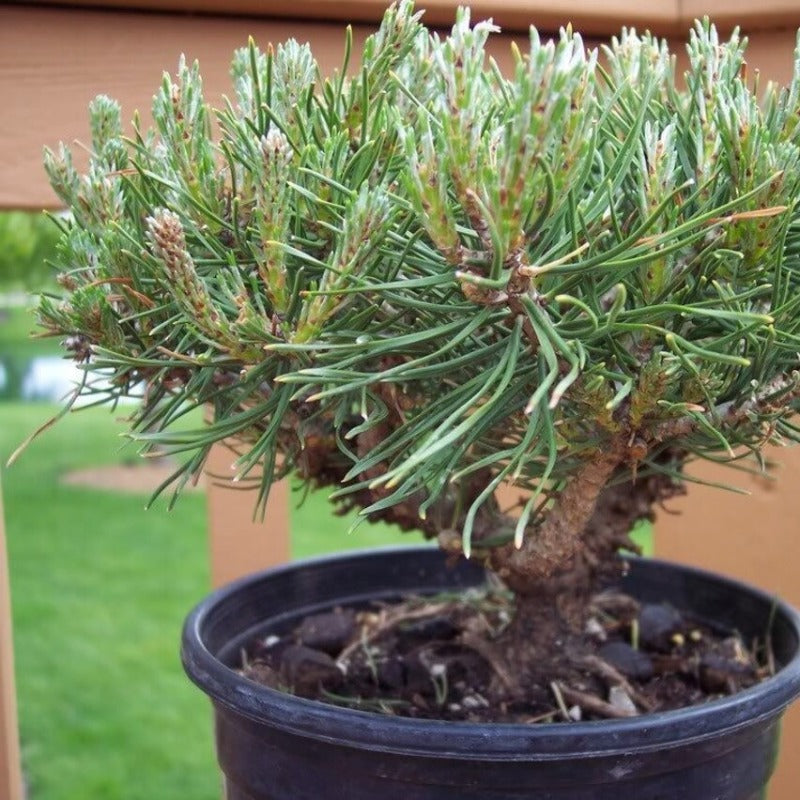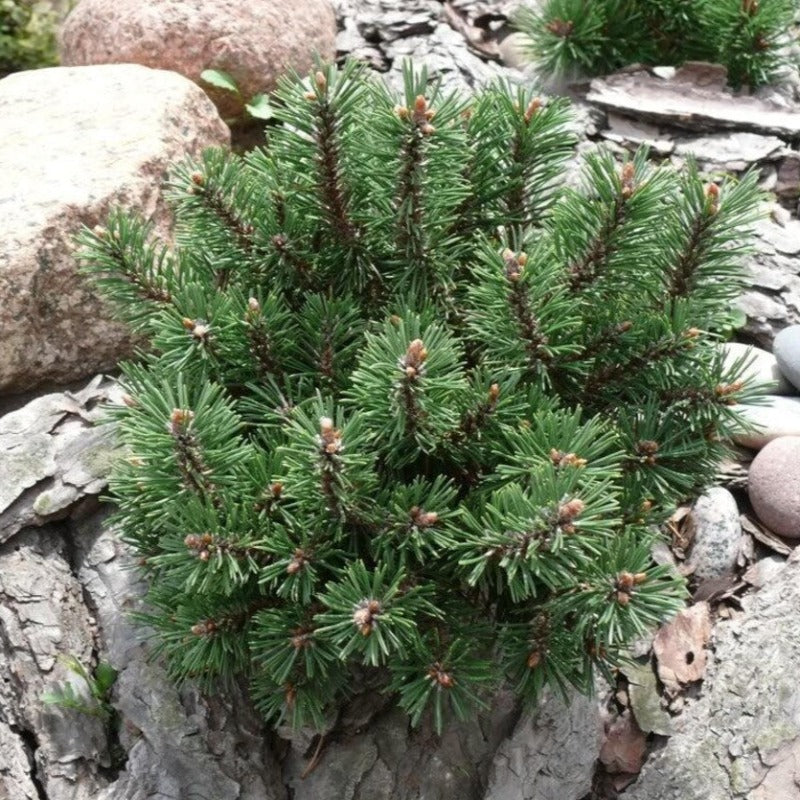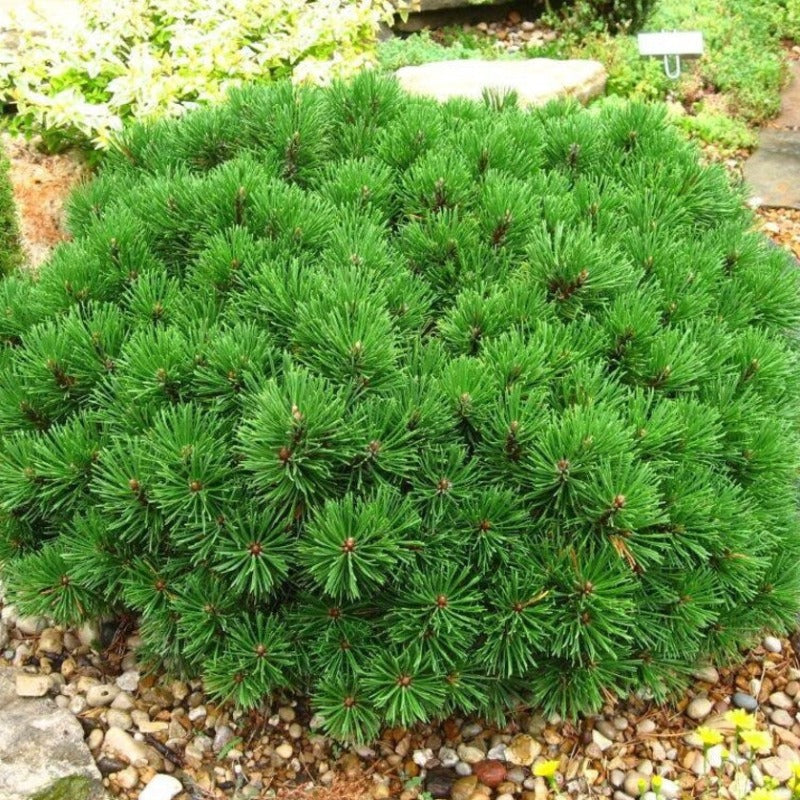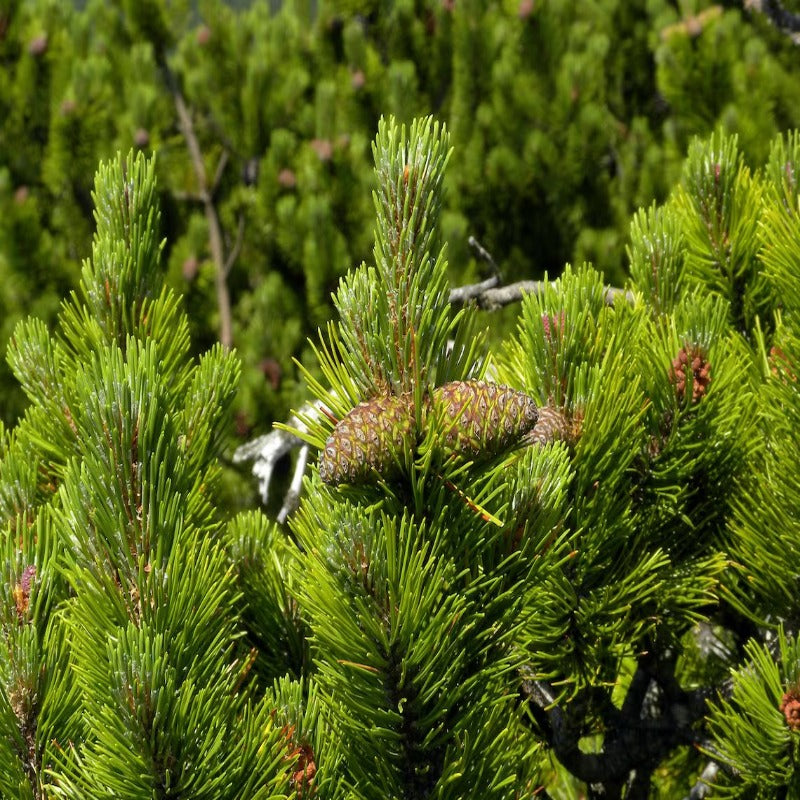- Historical context: The Swiss Mountain Pine, also known as Pinus mugo, is a species of conifer that has been known and utilized for centuries in Europe.
- Geographical origination: This tree is native to the high mountains of Central and Southern Europe, particularly the Alps and Carpathians.
- Relevant cultural significance: In many European cultures, the Swiss Mountain Pine is valued for its resilience and adaptability to harsh mountainous conditions. It is often used in landscaping and for erosion control.
- Time period of discovery: The Swiss Mountain Pine has been known since ancient times, with its first scientific description dating back to the 18th century.
- Original habitat: The original habitat of the Swiss Mountain Pine includes rocky, mountainous regions with poor soil conditions.
- Notable historical uses: Historically, the wood of the Swiss Mountain Pine has been used for construction, fuel, and making furniture. Its resin has also been used in traditional medicine.
- Ideal temperature range: The Swiss Mountain Pine thrives in cool to cold climates, with an ideal temperature range of -30°C to 20°C (-22°F to 68°F).
- Soil type: This tree prefers well-drained, sandy or rocky soils but can tolerate a variety of soil types, including poor and acidic soils.
- Sunlight requirements: Full sun is ideal for the growth of the Swiss Mountain Pine, although it can tolerate partial shade.
- Watering needs: Moderate watering is required, with the tree being drought-tolerant once established. Overwatering should be avoided.
- Planting season: The best time to plant Swiss Mountain Pine seeds is in the spring or fall.
- Germination time: Germination typically takes 4 to 6 weeks under optimal conditions.
- Growth cycle duration: The Swiss Mountain Pine is a slow-growing tree, often taking several decades to reach its full height of 3 to 20 meters (10 to 65 feet).
- Common pests and diseases: Common pests include pine sawflies and aphids. Diseases such as root rot and needle blight can also affect the tree.
- Companion planting advice: Swiss Mountain Pine can be planted alongside other hardy, drought-tolerant plants such as junipers and other pine species.
- Common challenges and solutions: Challenges include susceptibility to root rot in poorly drained soils and damage from heavy snow. Ensuring proper drainage and providing support during heavy snowfall can mitigate these issues.
- Nutritional values: While the seeds of the Swiss Mountain Pine are not typically consumed, they do contain oils and nutrients beneficial to wildlife.
- Health benefits: The resin of the Swiss Mountain Pine has been used in traditional medicine for its antiseptic and anti-inflammatory properties.
- Culinary uses: There are no significant culinary uses for the seeds of the Swiss Mountain Pine.
- Medicinal uses: The resin and essential oils derived from the Swiss Mountain Pine have been used to treat respiratory issues, skin conditions, and muscle pain.
- Other unique advantages: The Swiss Mountain Pine is highly valued for its ability to stabilize soil and prevent erosion in mountainous regions. It is also used ornamentally in landscaping due to its attractive, dense foliage and resilience to harsh conditions.










